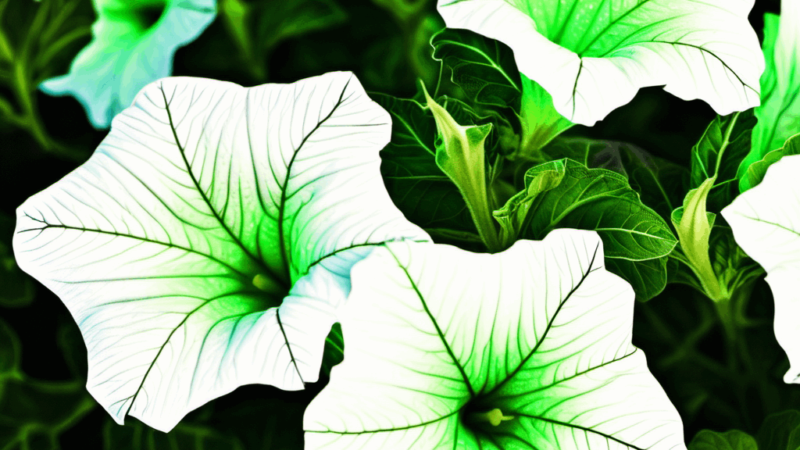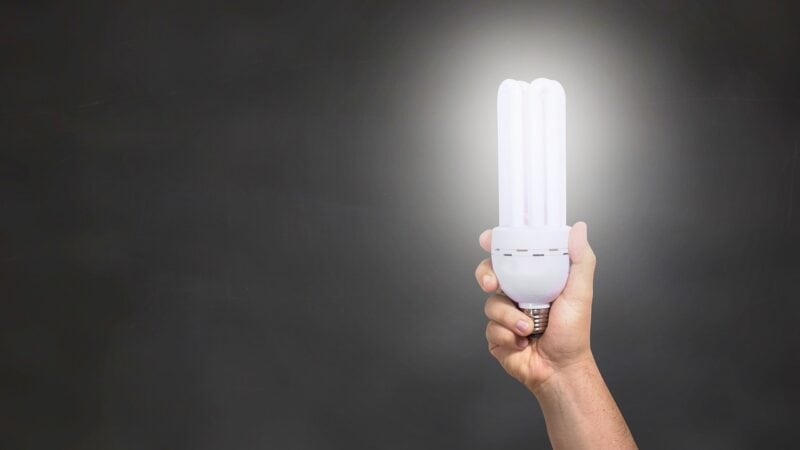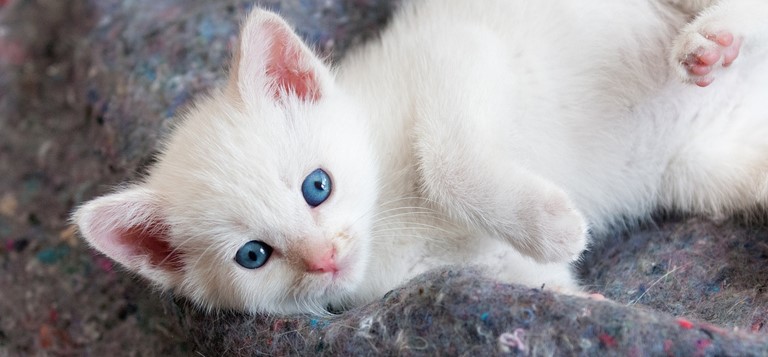Six superpowers of monarch butterflies
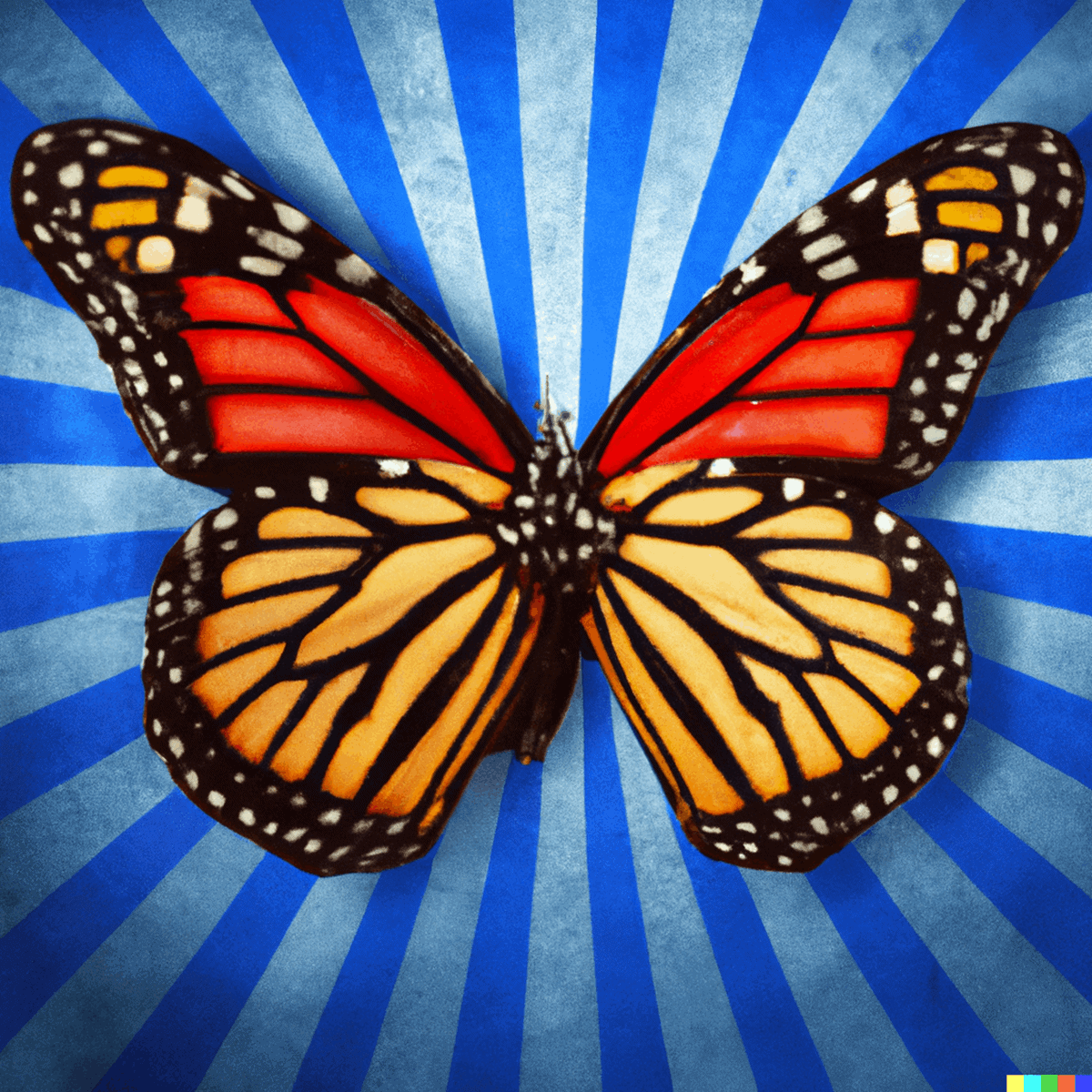
On Wednesday 7th Feb 2024 Mexico’s Commission for National Protected Areas reported that the number of monarch butterflies dropped by 59%, to its second lowest level. With that in mind, let’s look at what makes the monarch butterfly unique and look at some of its “superpowers”.
1. Poison power
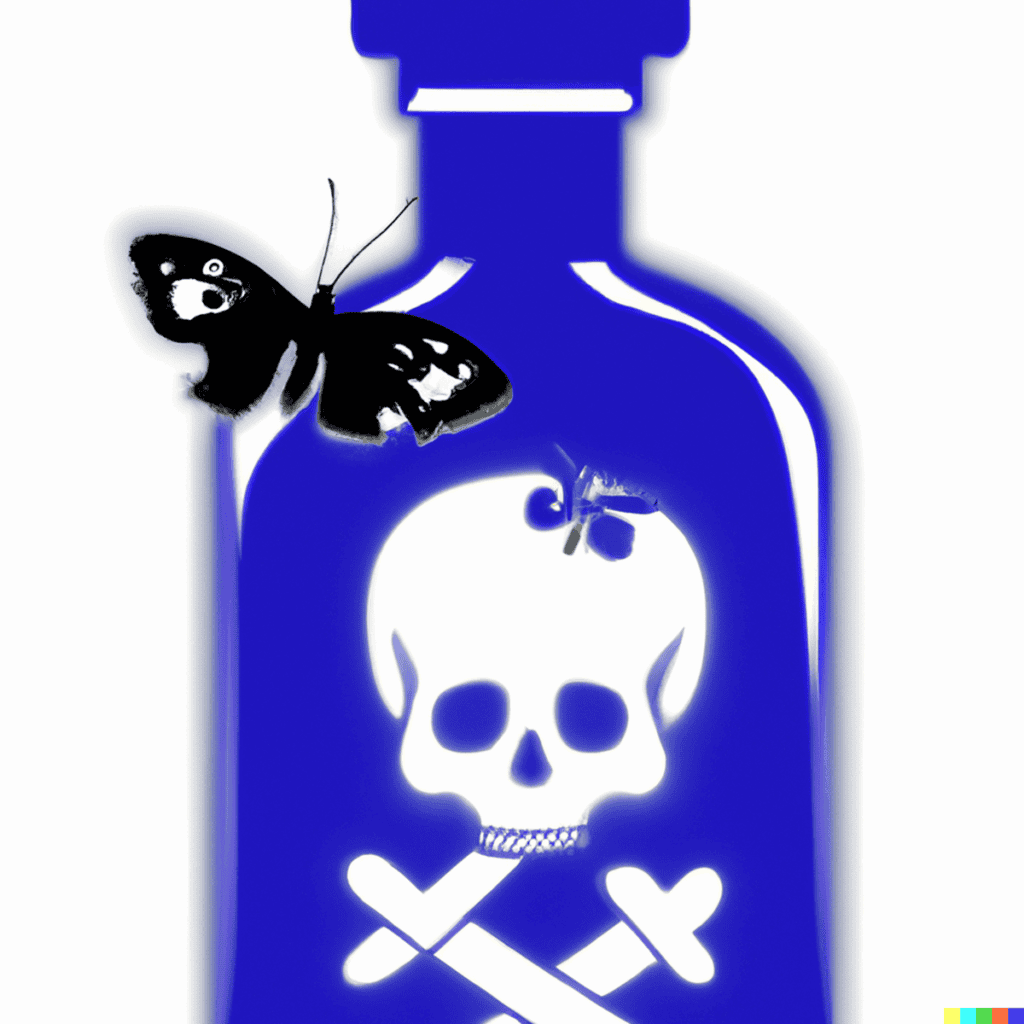
Monarch Butterflies eat poisonous plants, which makes them poisonous to predators.
Monarch caterpillars feed exclusively on Milkweed. Milkweed is one of the most complex flowers in the world, akin to orchids. It is full of cardioactive steroids, or cardenolides, which are toxic to most animals and will cause death by heart attack. Cardenolides are also used in drugs to treat heart problems as they slow the contractions of the heart.
Monarchs have evolved to tolerate this poison in milkweed. The poison is absorbed into their system, this has the added advantage of making them themselves poisonous to predators. The bright orange colour of the monarchs is a form of aposematism; a warning to predators that they are poisonous.
2. Marathon Monarch

The Monarch Butterfly flies up to 3000 miles. Every March the monarch butterfly flies between 2000 and 3000 miles from the trans volcanic mountains of Mexico to the border of Canada. They do this over 3 generations. But on the way back in September a single “super generation” flies the entire 3000 miles. For a creature that weighs about the same as a sunflower seed and has a wingspan of just 4 inches that’s quite a feat! It’s the equivalent of a human flying about 300 million miles, or to Mars and back.
3. Good eater
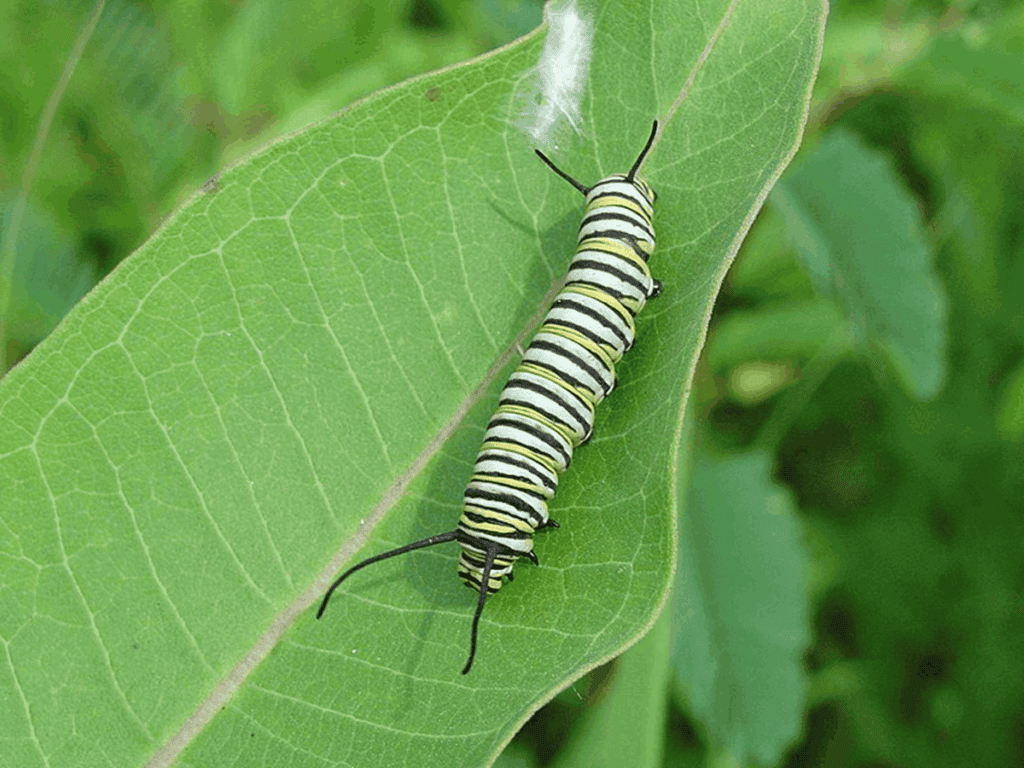
The larvae increase their body mass by up to to 2000 times in 2 weeks, from 2mm to about 45mm. Monarch Butterfly caterpillars will eat up to 200 times their own weight in milkweed leaves. They will eat 7 to 8 large leaves of milkweed. They also eat their own discarded exoskeleton each of the 5 times they transform into a larger caterpillar. Waste not want not!
4. Mysterious mapper
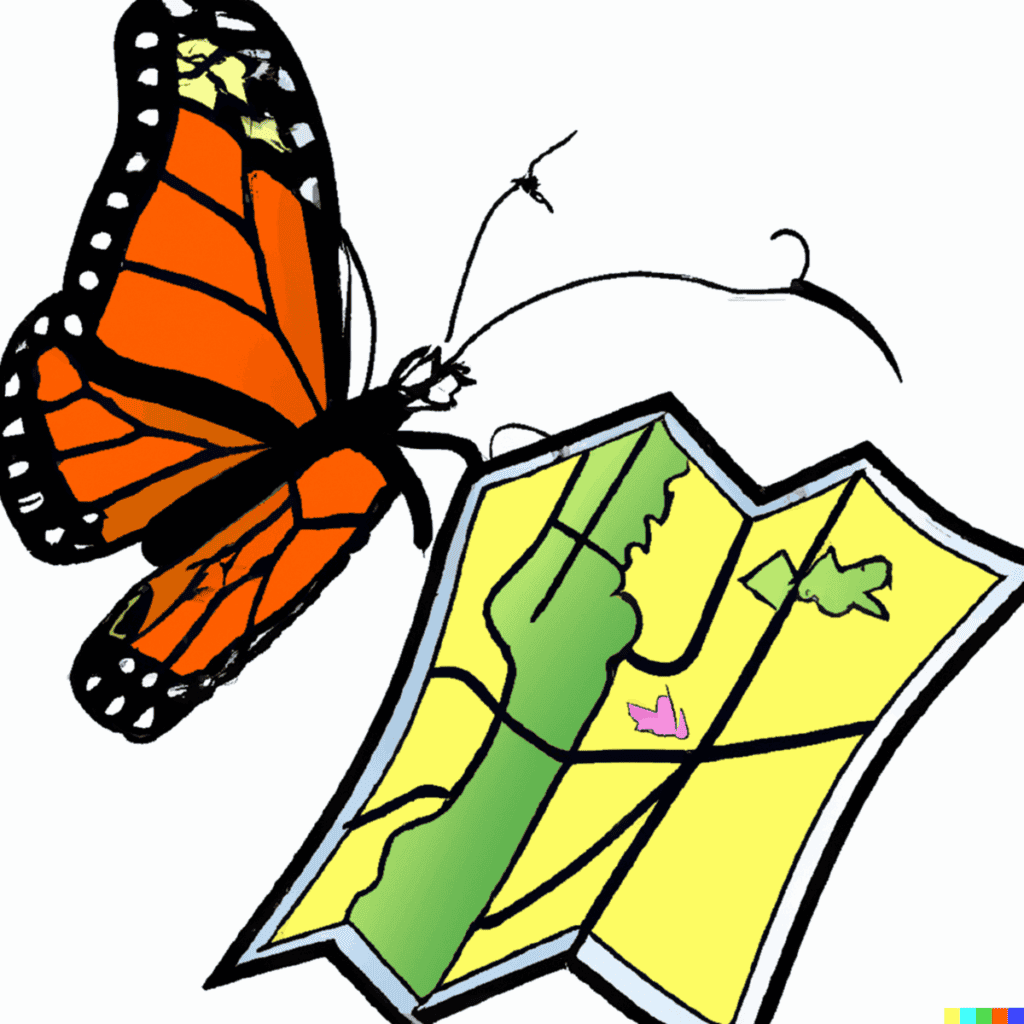
They journey from Michoacan mountains of Mexico to northern North America and back again. No-one understands how they know the way, considering the journey is taken through multiple generations. The monarch butterflies take a circuitous route which isn’t just a straight line, so it’s not as simple as just flying north. They die before they reach their goal and it takes four generations to complete the journey there and back.
The first three generations only live for 2-6 weeks. They lay their eggs on milkweed and die. Their offspring hatch, eat milkweed, pupate, transform into butterflies and continue the journey. When they reach Canada, the fourth generation, known as the ‘super generation,’ fly all the way back to the same mountain in Mexico where their great grandparents came from. Some scientists think that the directions are passed through genes, like a sort of genetic memory or inbuilt GPS.
How do monarch butterflies navigate?
The monarchs use sunlight to navigate. When it’s overcast but some sky is visible they use UV polarisation to navigate. UV light bounces off the atmosphere and they use the pattern of polarisation to work out where to go. When it’s too cloudy for that, they use the earth’s magnetic fields to navigate.
5. Super Butterfly
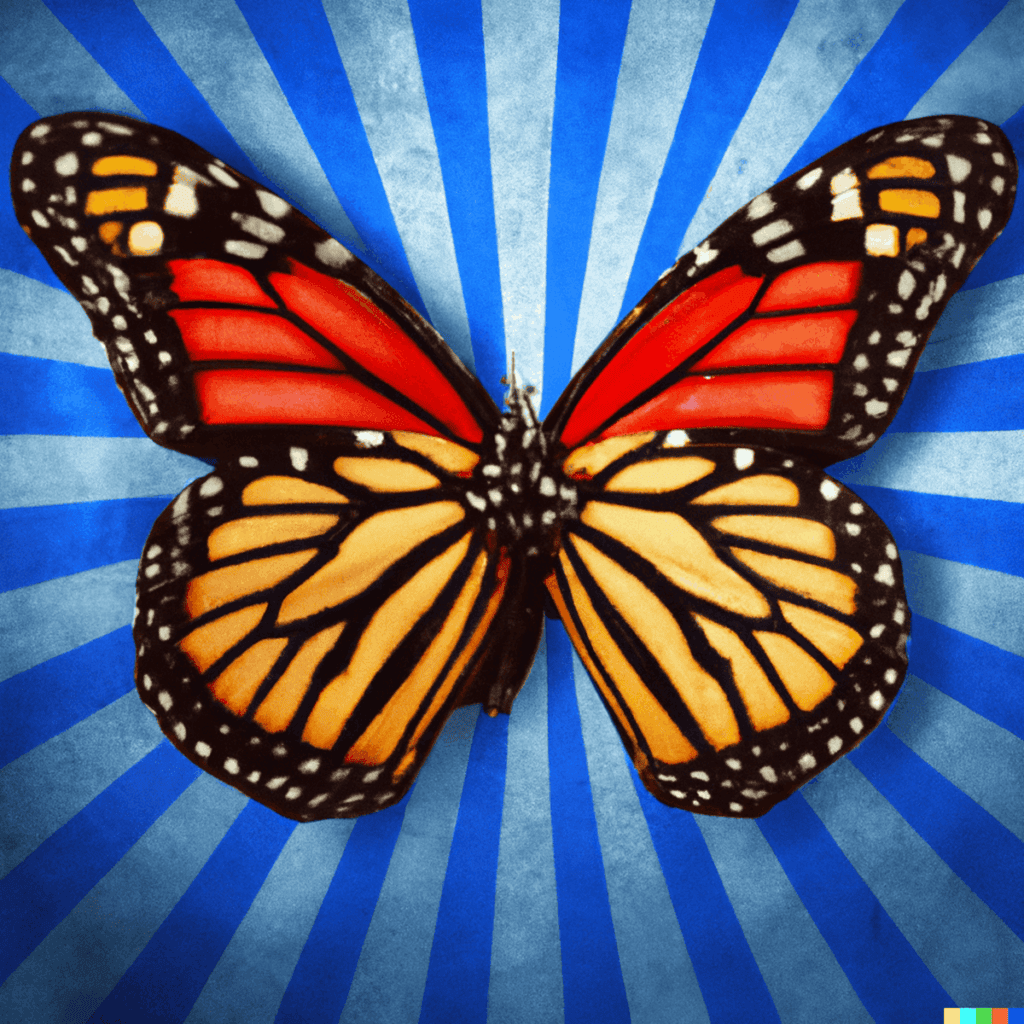
Once they get towards north North America, they produce the final, fourth generation, the “super generation” of butterflies. The “super butterflies” are born in late summer/early fall. Instead of a few weeks, the “super butterflies” live for 8 months. The male “super butterflies” are called emperors or kings and the females are known as empresses or queens.
A male super butterfly is called a “King”
Why are they called monarch butterflies?
They are thought to be named after King William III of England, as they are orange and he was ‘William ‘The Prince of Orange’. (If you must know, he was called that because he was from Oranje in Holland)
Super butterflies travel up to 100 miles a day
These “kings” and “queens” are more muscular and have more fat reserves, they are the superheroes of the butterfly world. They live 8 times longer (8-9 months) than their parents or grandparents and travel 10 times further; up to 100 miles a day.
The super generation flies all the way back from North America to Mexico, 2000-3000 miles, (a journey that took three generations on the way there). In Mexico they cluster on trees in a forest high in the 10,000 ft high Michoacan mountains.
6. Spirit of the Dead
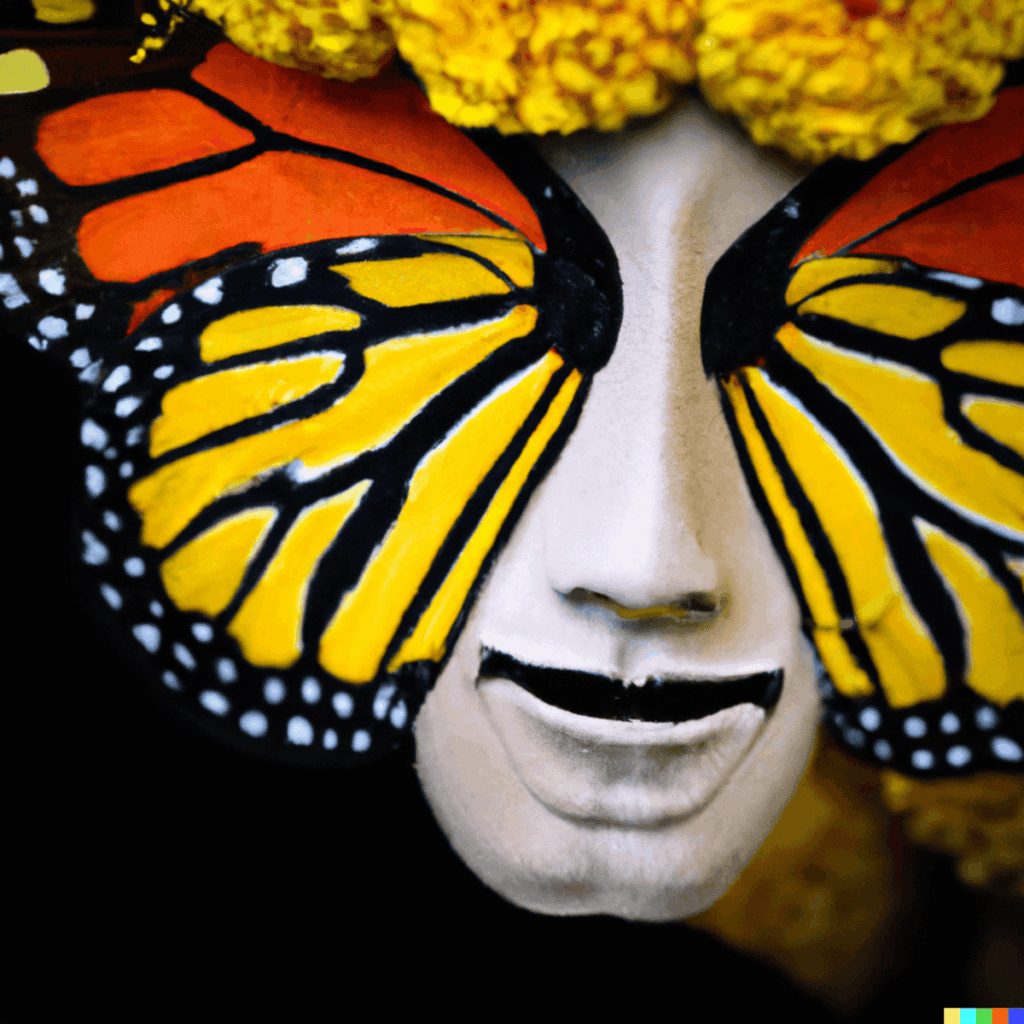
The indigenous Purépecha community of north-western Michoacán believed that the monarch butterflies embodied the departed souls journeying to the afterlife, as the butterflies begin to return around October/November, which coincides with the Day of the Dead. This tradition persists, resonating deeply with descendants who perceive the monarch butterflies as the return of cherished loved ones and revered ancestors, especially on the solemn occasion of the Day of the Dead.
Western Monarchs have declined by 99% in two decades
There are two types of Monarch Butterflies; Western Monarchs and Eastern Monarchs.
Eastern monarchs migrate up the whole of central and eastern America, while Western monarchs migrate up the Pacific Coast.
Western monarchs have declined by more than 99% since the 1980s while Eastern monarchs have declined by an estimated 80%.
National Geographic
Monarch butterflies can only lay their eggs on milkweed. But due to the use of herbicides, milkweed is on the decline. For example milkweed has dropped by 95 percent in cropland in Illinois over the last 20 years. Since the 1980s farmers have developed vast monocultures of GM corn crops such as Monsanto’s GA21 which are resistant to herbicide, meaning they can use glyphosate to kill all other plants apart from corn, including milkweed.
Similarly, highway authorities use weed killers on the sides of roads, which kills the milkweed, depriving the monarchs of a place to lay their eggs.
1997: 682 million
2015: 42 million
Monarch Butterfly numbers, University of Illinois
Climate change is also a factor in explaining the decline of the monarch butterfly. The monarchs are unable to support the extreme temperatures associated with climate change. The monarch butterflies are killed by more frequent unseasonable cold snaps, droughts and freak storms.
There is also a problem of illegal logging in the roosting area of the Michoan Mountains. Two activists were recently killed trying to defend the area from illegal logging.
Just in the last year the number of monarchs dropped by 59%. On Wednesday, Mexico’s Commission for National Protected Areas reported that the butterflies occupied a space measuring 0.9 hectares (2.2 acres), a decrease from 2.21 hectares (5.4 acres) recorded the previous year.
There are similar trends of decline in many other insects, for the same reasons.
Why do we need insects?
Without insects there would be no pollinators for flowers, so no fruit, and no food for birds, lizards or amphibians resulting in the collapse of entire ecosystems. Also, they’re just cool aren’t they?
A Kansas biologist cycled 10,000 miles following the migration of the monarch butterfly
Sara Dykman achieved a historic milestone when she cycled alongside monarch butterflies during their famous yearly migration. In 2017 she embarked on a round-trip odyssey spanning three countries and over 10,000 miles on a recycled bike. The trip combined research and raising awareness, highlighting the plight of the monarch butterfly, as well as stopping at schools along the way to teach schoolchildren about the monarch butterfly.
What you can do
Plant native plants and wildflowers
Asters and goldenrods are ideal flowers for monarch butterflies, they are high in nectar, providing lots of energy for the return journey.
Let the grass grow long
Long grass can provide shelter. Not mowing allows milkweed, clover and nectar-providing flowers to grow.
Have wild areas in your garden or town
If you are hoping to establish a waystation for Monarch Butterflies, make sure it’s in a sunny spot, ideally with at least 6 hours of sunlight a day.
Plant milkweed

Monarch butterfly caterpillars feed exclusively on plants in the Asclepias genus i.e. milkweeds. Plant milkweeds to help monarch butterflies reproduce.
More info on how to support Monarch Butterflies in your garden
Reduce use of pesticides
Pesticides and herbicides can have detrimental effects on monarch butterflies in several ways:
- Direct Toxicity: Monarch butterflies may come into direct contact with pesticides and herbicides when they are sprayed onto plants. These chemicals can be toxic to butterflies, causing harm or death upon contact.
- Habitat Destruction: Pesticides and herbicides can eliminate or degrade the milkweed plants that monarch butterflies rely on for breeding and feeding. Milkweed is the sole food source for monarch caterpillars, and its decline due to herbicide use reduces available habitat for monarchs to lay their eggs and for caterpillars to feed, hindering their reproductive success.
- Disruption of Navigation: Some studies suggest that exposure to pesticides may disrupt the ability of monarch butterflies to navigate during their long migrations. Chemicals such as neonicotinoids have been implicated in interfering with the butterflies’ ability to orient themselves, potentially leading to lost migration routes and decreased population numbers.
- Weakened Immune Systems: Exposure to pesticides and herbicides can weaken the immune systems of monarch butterflies, making them more susceptible to diseases and parasites. This can further reduce their population numbers and overall health.
Overall, the use of pesticides and herbicides contributes to the decline of monarch butterfly populations by directly harming individuals, destroying crucial habitat, disrupting migration patterns, and compromising their ability to fend off diseases and parasites.
Donate to the National Wildlife Federation (or other wildlife charities)

The National Wildlife Federation (NWF) helps monarch butterflies through various conservation efforts, including:
- Habitat Restoration: The NWF works to restore and protect monarch butterfly habitat by advocating for the conservation of milkweed plants, which are essential for monarch breeding and feeding. They collaborate with landowners, government agencies, and other organizations to promote the planting of milkweed and other native plants that support monarchs throughout their life cycle.
- Education and Outreach: The NWF conducts educational programs and outreach campaigns to raise awareness about the importance of monarch butterflies and the threats they face. They provide resources for individuals, communities, and schools to learn about monarch conservation and take action to protect these iconic insects.
- Policy Advocacy: The NWF advocates for policies and regulations that support monarch butterfly conservation, including measures to reduce the use of pesticides and herbicides that harm monarchs and their habitat. They work with lawmakers, agencies, and other stakeholders to promote policies that prioritize monarch conservation and habitat restoration efforts.
- Citizen Science: The NWF engages citizen scientists in monitoring monarch butterfly populations and migration patterns. Through programs like the Monarch Watch and the Monarch Larva Monitoring Project, volunteers help collect data on monarchs to better understand their population trends and inform conservation strategies.
Share this article and spread awareness
Bonus Facts
- Monarch butterflies fly 25 to 30 miles a day but sometimes up to 100 miles a day.
- Over four generations they can travel up to 10,000 miles. Some even get a bit lost and end up in the south of England, but this is very rare.
- A group of butterflies is called a kaleidoscope (It can also be a flutter” of butterflies.)
- They taste with their feet
Useful links about monarch butterflies
National Park Service – Monarch Butterfly
Journey North – Monarch Butterflies
Revolution in filming reveals epic journey of the monarch butterfly – The Guardian
https://kids.nationalgeographic.com/animals/invertebrates/facts/monarch-butterfly
The connection between the Monarch butterfly and Día de Los Muertos – Hispanics Enjoying Camping
http://butterfly-lady.com/monarchs-and-milkweed/
Monarch butterfly – National Museums Scotland
Monarch butterfly numbers dip to second lowest level in Mexico wintering grounds

